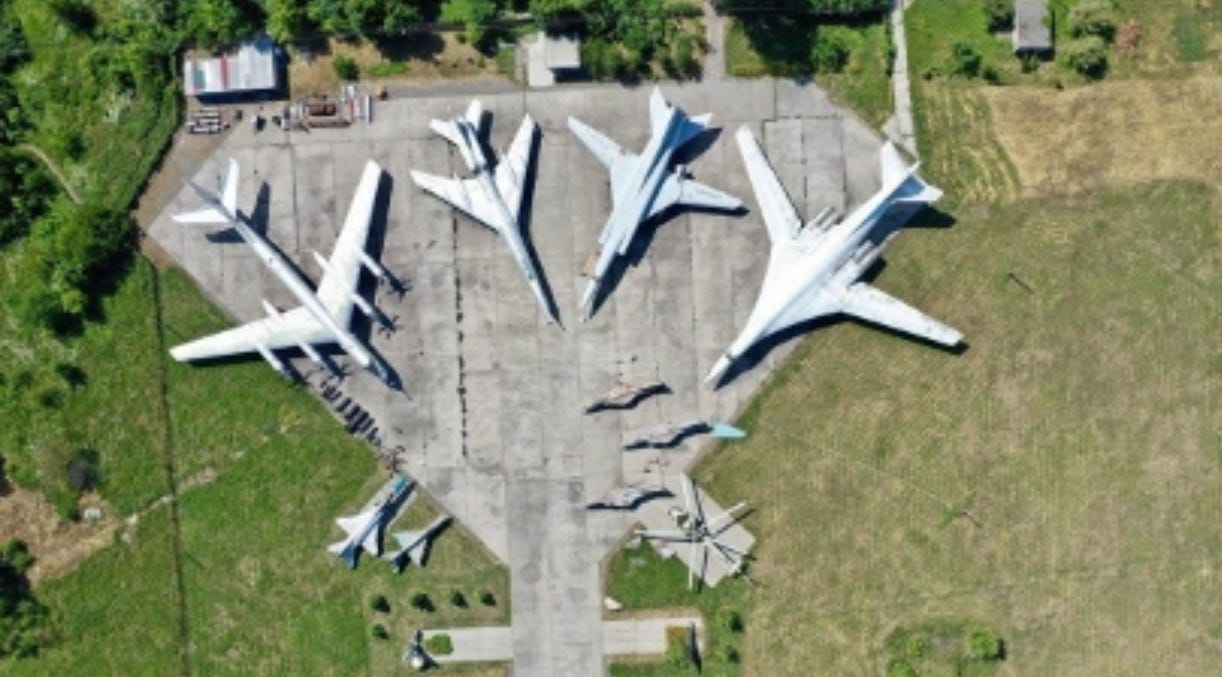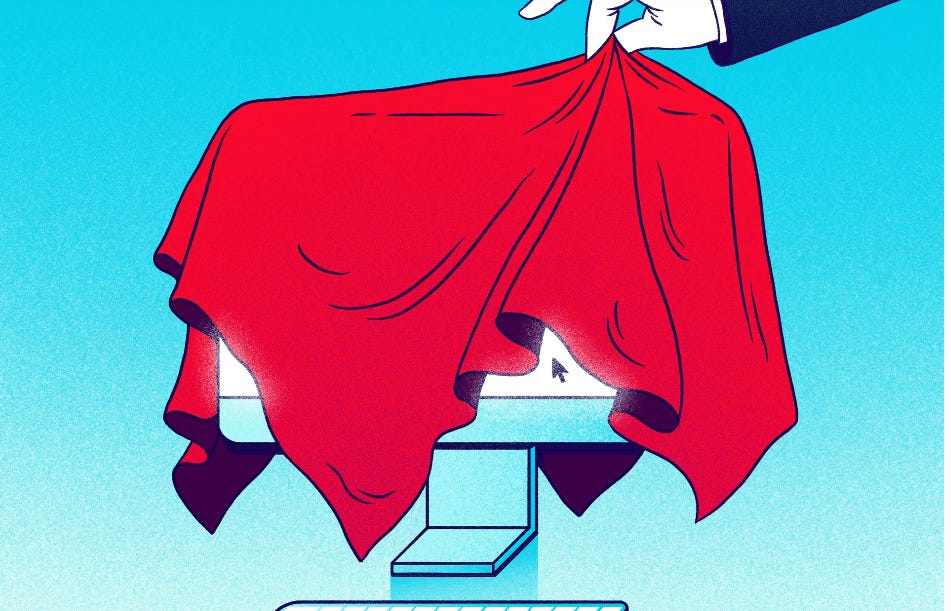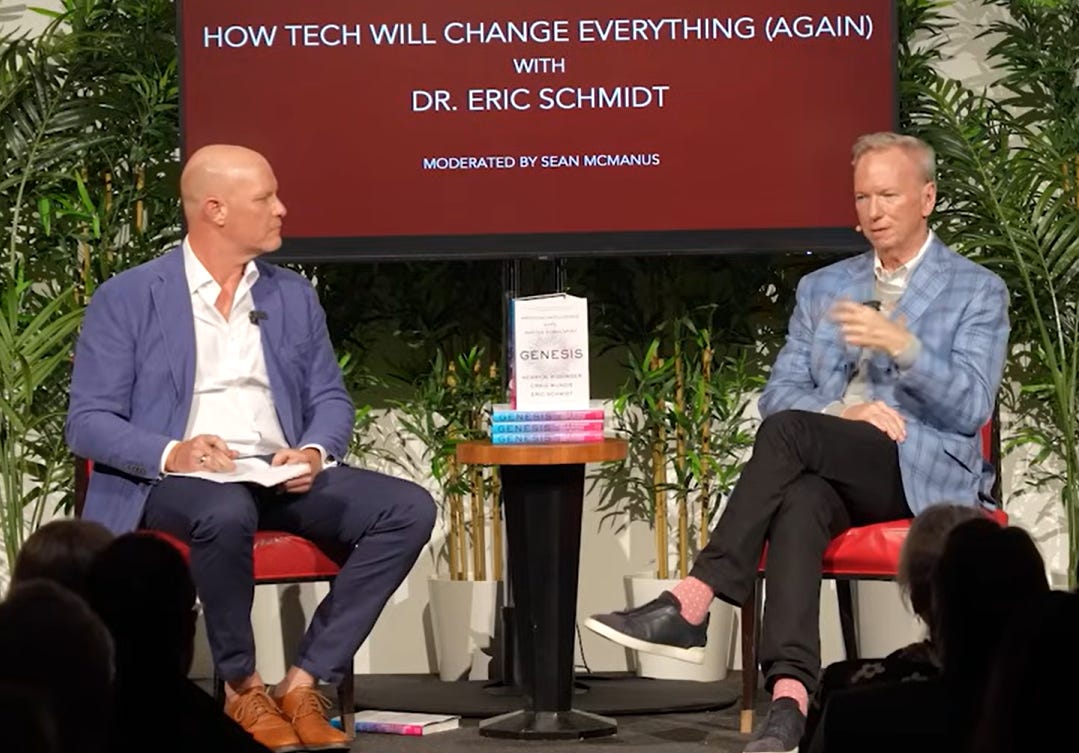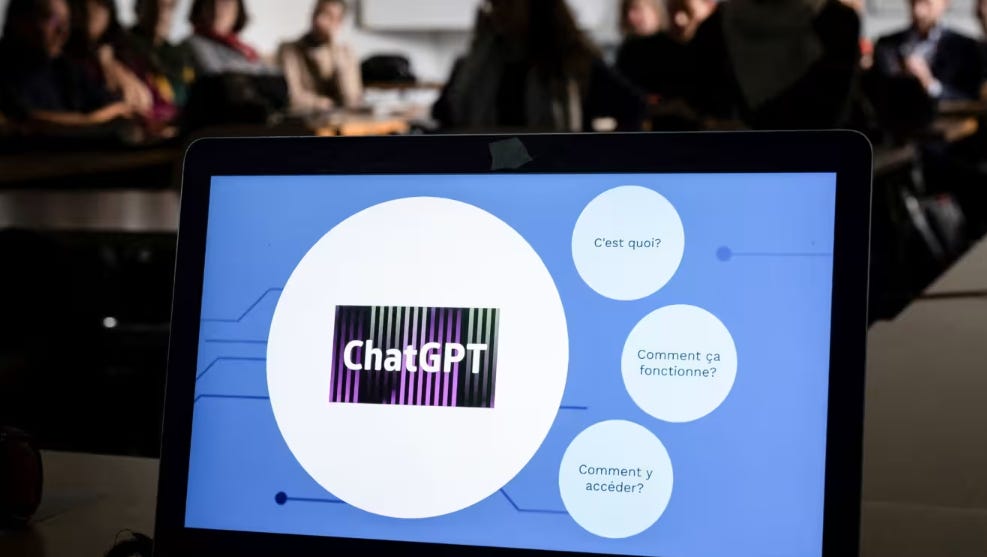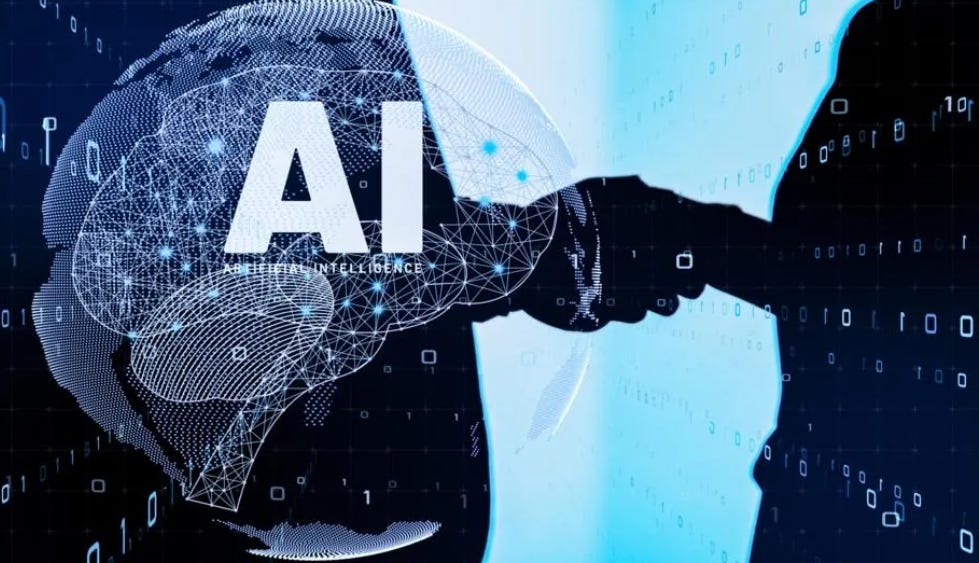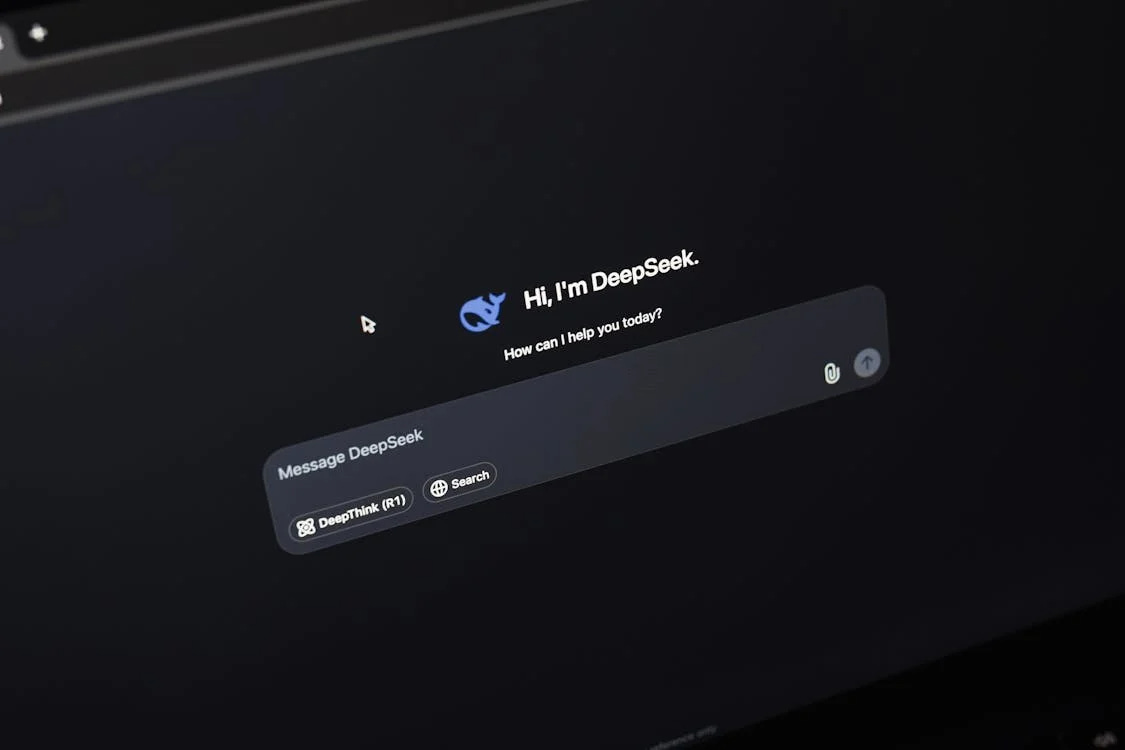Dive in — Ukraine trained AI for its ‘Spider’s Web’ airfield drone attacks// Two paths for AI// AI is changing how chefs cook// and more
Expand your understanding of artificial intelligence daily, with a curated, daily stream of significant breakthroughs, compelling insights, and emerging AI trends that will shape tomorrow.
Ukraine trained AI for its ‘Spider’s Web’ airfield drone attacks
On 1st June, an audacious long-distance operation mounted by Ukraine’s intelligence services attacked at least five airfields, in Russia’s Murmansk, Irkutsk, Ryazan, and Amur regions, where strategic bombers and surveillance aircraft were located.
While the numbers of aircraft destroyed and damaged is still being debated – Kyiv has said it could be as many as 40 – this success has more than bloodied the Russian aerospace forces’ nose.
As Ukrainian President Volodymyr Zelensky made clear, when speaking about the success of the mission on Sunday evening, it had taken 18 months to prepare.
The development of the plan reportedly began some time in 2023 when, according to the Ukrainian news site Antikor, operators from Ukraine’s military intelligence directorate (HUR) made hundreds of images of Russian strategic bombers, stored at the Poltava Museum of Heavy Bomber Aviation, from every conceivable angle.
This data was used to identify the most vulnerable areas of the bombers from which to create AI algorithms that would allow weapons, in this case FPV drones, to independently recognize and engage targets.
As videos captured during Sunday’s attacks attests the drones didn’t simply crash into their targets but went for the areas where maximum damage was most likely to be caused – weapons pylons carrying cruise missiles and over wing fuel tanks.
Read more | KYIV POST
Two paths for AI
The nonprofit AI Futures Project, of which Daniel Kokotajlo is the executive director, has published “AI 2027,” a heavily footnoted document, written by Kokotajlo and four other researchers, which works out a chilling scenario in which “superintelligent” A.I. systems either dominate or exterminate the human race by 2030. It’s meant to be taken seriously, as a warning about what might really happen.
Meanwhile, computer scientists at Princeton, Sayash Kapoor and Arvind Narayanan, in a new paper titled “AI as Normal Technology,” insist that practical obstacles of all kinds—from regulations and professional standards to the simple difficulty of doing physical things in the real world—will slow A.I.’s deployment and limit its transformational potential.
While conceding that A.I. may eventually turn out to be a revolutionary technology, on the scale of electricity or the internet, they maintain that it will remain “normal”—that is, controllable through familiar safety measures, such as fail-safes, kill switches, and human supervision—for the foreseeable future. “AI is often analogized to nuclear weapons,” they argue. But “the right analogy is nuclear power,” which has remained mostly manageable and, if anything, may be underutilized for safety reasons.
Which is it: business as usual or the end of the world? “The test of a first-rate intelligence,” F. Scott Fitzgerald famously claimed, “is the ability to hold two opposed ideas in the mind at the same time, and still retain the ability to function.” Reading these reports back-to-back, I found myself losing that ability, and speaking to their authors in succession, in the course of a single afternoon, I became positively deranged.
“AI 2027” and “AI as Normal Technology” aim to describe the same reality, and have been written by deeply knowledgeable experts, but arrive at absurdly divergent conclusions.
Read more | NEW YORKER
How Taylor Swift won
It happened — Taylor owns everything. All her songs, all her masters, her life’s work. She won.
Eight years after her label Big Machine sold off her catalog, Taylor Swift has finally achieved her goal of buying it back herself.
The most impossible battle of her career, the most invincible dragon she’s ever picked a fight with, the most doomed leap she’s ever taken.
As she announced in her bombshell public statement on May 30, she bought her catalog from Shamrock Capital, after a six-year struggle for control over her own music. “The memories,” she wrote. “The magic. The madness. Every single era. My entire life’s work.”
“I’m trying to gather my thoughts into something coherent,” Taylor wrote in her bombshell public statement.
“But right now my mind is just a slideshow. A flashback sequence of all the times I daydreamed about, wished for, and pined away for a chance to get to tell you this news.
All the times I was this close, reaching for it, only for it to fall through. I almost stopped thinking it could happen, after 20 years of having the carrot dangled and then yanked away.
But that’s all in the past now. I’ve been bursting into tears of joy at random intervals ever since I found that this is really happening. I really get to say these words:
“All of the music I’ve ever made…now belongs…to me.”
Read more | ROLLING STONE
AI is changing how chefs cook
For four months in 2026, the Chicago restaurant Next will serve a nine-course menu with each course contributed by a different chef. One of them is a 33-year-old woman from Wisconsin who cooked under the pathbreaking modernist Ferran Adrià, the purist sushi master Jiro Ono and the great codifier and systematizer of French haute cuisine, Auguste Escoffier.
Her glittering résumé is all the more impressive when you recall that Escoffier has been dead since 1935.
Where did Grant Achatz, the chef and an owner of Next, find this prodigy? In conversations with ChatGPT, Mr. Achatz supplied the chatbot with this chef’s name, Jill, along with her work history and family background, all of which he invented. Then he asked it to suggest dishes that would reflect her personal and professional influences.
If all goes according to plan, he will keep prompting the program to refine one of Jill’s recipes, along with those of eight other imaginary chefs, for a menu almost entirely composed by artificial intelligence.
Read more | NEW YORK TIMES
A deepfake AI influencer stole my wedding photos
Recently, I got an Instagram message from one of my followers. She was like, “Hey, I was just scrolling, and I saw this video. This is your wedding photo.”
In the video, there was a photo of my wedding, my husband, Andy, everything—but it wasn’t my face.
This other influencer had replaced my face with hers, and she was talking about little things that she did at her wedding. None of it was even remotely related to me, other than the fact that she’d used my photo as the intro to her video.
My immediate reaction was, What the hell? Who is this person taking my wedding photo, putting their face on it, and making content about it?
It didn’t even register to me that it could be AI. Obviously, people use AI to Photoshop, but I didn’t realize that the person in the video was AI, until I posted about the ordeal. Then I started getting a lot of messages from people saying, “This is a deepfake. This is not even a real person.”
Read more | ELLE
Business Insider goes 'all-in on AI,' laying off 21% of staff
In addition to scaling back on coverage areas and “traffic-sensitive business,” Business Insider plans to exit most of its Commerce verticals, which have long been a major revenue driver through affiliate links and search engine traffic. The company also announced a new push into live journalism events through a platform called BI Live and a sharp pivot toward artificial intelligence.
“Over 70% of Business Insider employees are already using Enterprise ChatGPT regularly (our goal is 100%), and we’re building prompt libraries and sharing everyday use cases that help us work faster, smarter, and better,” Business Insider CEO Barbara Peng wrote.
Though much of the media industry has heartily embraced commerce content over the last decade, Business Insider cited volatility in traffic and the decline of search-driven referral models as reasons to curtail its coverage. “We’re reducing our overall company to a size where we can absorb that volatility,” Peng wrote.
Read more | SF GATE
Former Google CEO Eric Schmidt on the rapid pace of AI and its societal impact
The discussion explores the idea that AI advancements might mean humans are no longer at the top of the "food chain". Dr. Schmidt clarifies that his book "Genesis" is about coexisting with AI, not a dystopian future, and emphasizes AI's potential to double productivity in sectors like programming, medicine, and law.
Dr. Schmidt stresses the urgency for the US to lead, pointing to China's rapid progress and their strategy of combining civil and military efforts. He explains how AI agents, large context windows, and automatic coding are set to revolutionize industries and boost national capabilities.
Watch | FAENA ROSE
Business schools race to keep abreast of developments in AI
As AI becomes central to business strategy, executive education programmes need to evolve to help leaders understand its promises and pitfalls. From generative AI tools to artistic approaches that foster creativity, schools are keeping an open mind on how best to prepare executives for the AI age.
According to the Graduate Management Admission Council (GMAC), nearly 80 per cent of business schools have now incorporated AI into their teaching and learning in one form or another. But the emphasis tends not to be on training coders.
Rather, as Harris Kyriakou of Essec Business School, near Paris, explains, the focus is on producing “strategically fluent leaders”. Essec’s programmes, for example, aim to demystify AI’s opaque “black box” so that executives can make informed, responsible decisions instead of blindly delegating strategic choices to machines, he says.
Read more | FINANCIAL TIMES
The role of leaders when AI can know everything
While AI can reproduce the veneer of human experience—even vastly accelerate and improve upon some aspects of it—it has not lived those experiences. Just as reading the Adventures of Tom Sawyer is not the same as being Tom Sawyer, AI’s training in the language of human experience is not the same as living those experiences.
Even though AI can talk a good game about being one-with by regurgitating things it has read, it has no physical basis for experiencing one-withness. It lacks the antenna.
AI may have sensors or network connections to feed its semiconductors, silicon wafers, transistors, software and so forth. But it does not vibrate or resonate with the field the way a human body does. It does not have the complexity or fractal quality of life and hence cannot support the same expansive consciousness.
AI development and use is likely to be dominated by the billionaire footrace we see now, with even shadier characters at the margins and AI itself in the not-too-distant future.
But wise, connected AI development and use can serve as a vein of gold through the detritus of disruption and destruction of coming years, manifesting the priceless role of humanity in the evolution of consciousness.
AI can only serve a flourishing future for life if it is helped along by living beings connected with same purpose. It is the essential, human leadership opportunity in an era when AI can know and do most everything else.
Read more | FORBES
China is gaining ground in the global race to develop AI agents
While U.S. companies still lead in AI model development, the gap is narrowing, according to Sayash Kapoor, co-author of AI Snake Oil, a book that examines claims about AI capabilities. But the “real competition” lies in effectively deploying AI agents across the economy, he said.
“China lags significantly behind the U.S. in … digitization of business processes, cloud computing adoption, and workforce training,” Kapoor told Rest of World.
Read more | REST OF WORLD
Unmissable AI
Your daily dose of curated AI breakthroughs, insights, and emerging trends. Subscribe for FREE to receive new posts, thanks!

